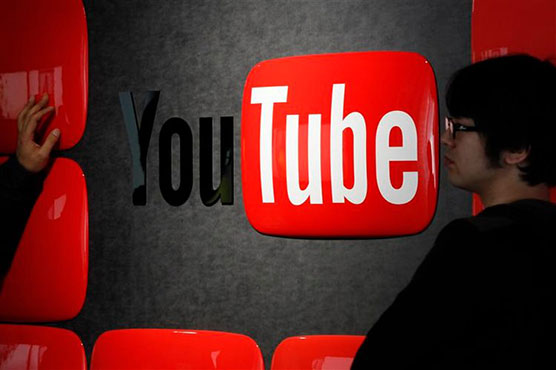Teens with chronic pain may find support on YouTube

Comments on YouTube videos directed at youth with chronic pain were supportive and encouraging.
(Reuters Health) - Teens with painful chronic illnesses may find that YouTube can provide a support network, a new study suggests.
Comments on YouTube videos directed at youth with chronic pain were supportive and encouraging, researchers found. And the information was generally reliable.
“Social media is often cited as a way for teens to meet and gain social support, yet there are negatives to social media as well,” said study leader Paula Forgeron of the University of Ottawa. “We wanted to understand if adolescents with chronically painful conditions used social media (YouTube) to share their experiences and if they gain social support through posting.”
Comments left by viewers “revealed the crucial need of adolescents with chronic pain” for information, social support and emotional validation, Forgeron and colleagues report in The Clinical Journal of Pain.
The “overarching message” of the comments, according to the researchers, was, “You are not alone!”
Viewers wrote, for example:
— “Hey really sorry to hear you going thru such hard time in life. Many of us here are willing to listen. Hope you feel better now by typing it all out! :)”
— “I am so grateful that someone has gone through the same thing and is coming out on the other side. Thank you.”
Viewers often shared their suffering and struggles to find coping mechanisms.
— “But the worst of it is when my pain stops me from doing the things I love/once loved.”
— “What I found to be pretty helpful (to me at least) is I take (herbal product) pills per day to manage the pain, which helped me reduce the amount of painkillers I used to take by taking something natural instead . . . “
The researchers focused on 18 YouTube videos directed at youth with chronic pain. Ten had been posted by pediatric hospitals, two by foundations, one by a researcher and five by adolescents themselves. Altogether, 47 adolescents - mostly girls - appeared in the videos.
Most videos discussed treatments, working with psychologists and physiotherapists, the benefits of exercise, and the impact of chronic pain on relationships and activities.
Viewers left a total of 936 comments. The number of views per video ranged from 50 to more than 58,000. None of the videos had any victimizing comments, the authors found.
Videos produced by adolescents were viewed more often and received more comments and likes than those produced by professionals. Future videos should therefore include adolescents as part of the team, the researchers suggest.
Young people with chronic pain “feel they cannot engage in the activities they previously enjoyed, or do not want to hold others back knowing they will need to do things more slowly or carefully,” clinical psychologist Alison Vargovich, of the University at Buffalo, New York, told Reuters Health by email.
“As they turn down requests to participate in activities and outings, they become more isolated,” said Vargovich, who was not associated with the study.
The new study suggests that at least some adolescents with chronic pain are using YouTube to help themselves feel less alone.
The authors acknowledge that among the study’s limitations is that adolescents using YouTube in this study may not represent all adolescents with chronic pain. Also, the videos were all in English, and all but one featured only Caucasian adolescents.
Furthermore, experiences with YouTube videos likely don’t translate directly to other popular platforms, given that posters on YouTube must first create a video and then post it, whereas Snapchat and Instagram, for example, allow for more in-the-moment sharing.
Nevertheless, the researchers say, “Social media presents a robust milieu to disseminate knowledge to adolescents with chronic pain.”
They conclude that while YouTube is already being by adolescents with chronic pain, more research is needed “on how best to harness the medium for maximum benefit.”

